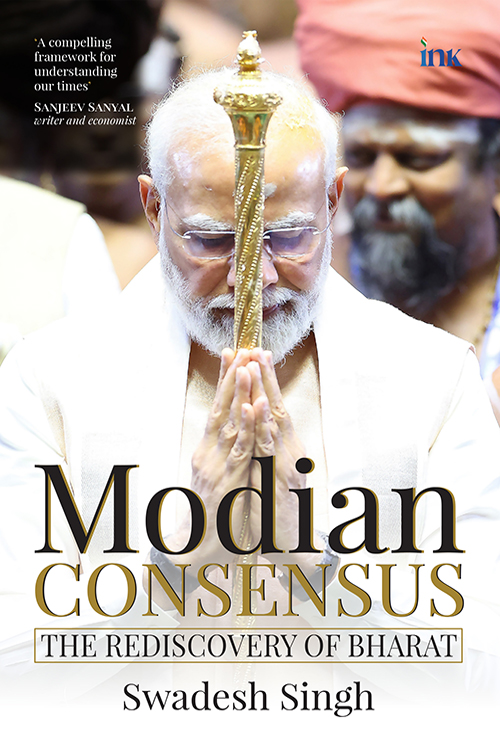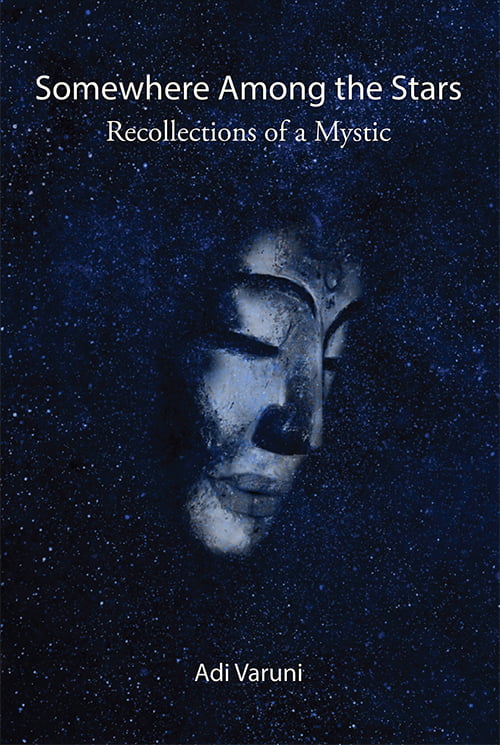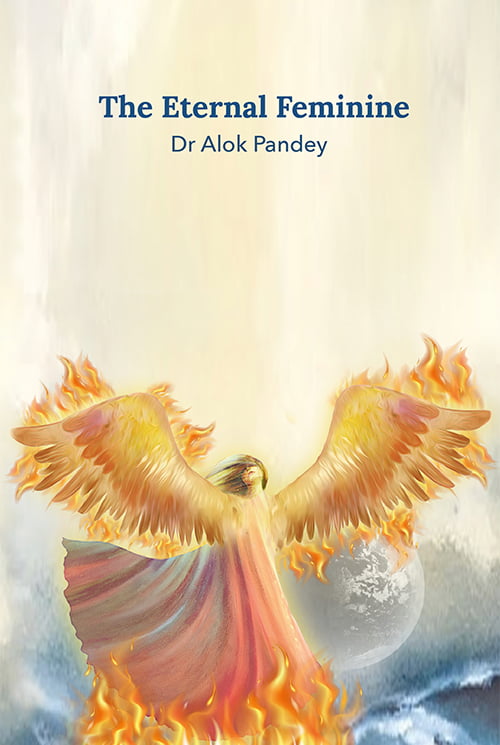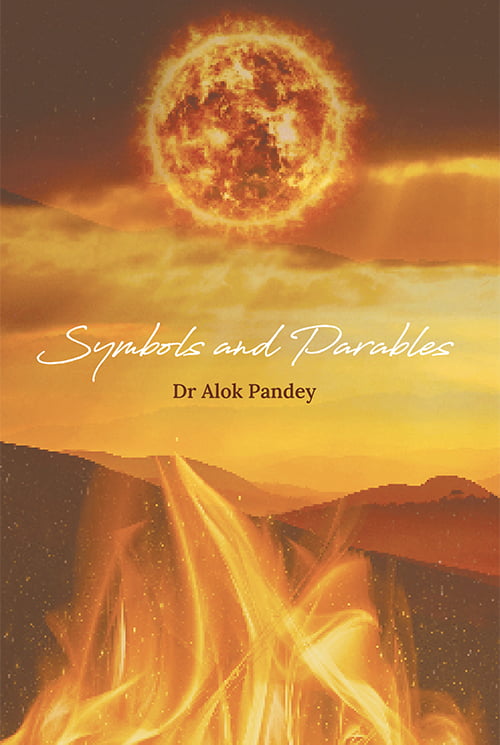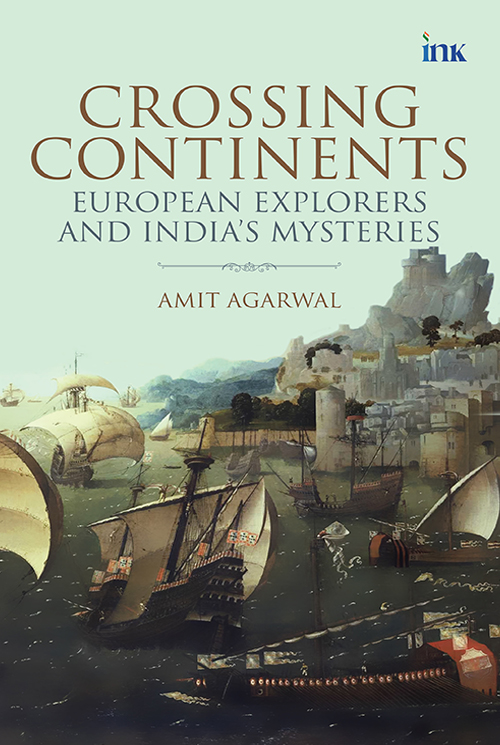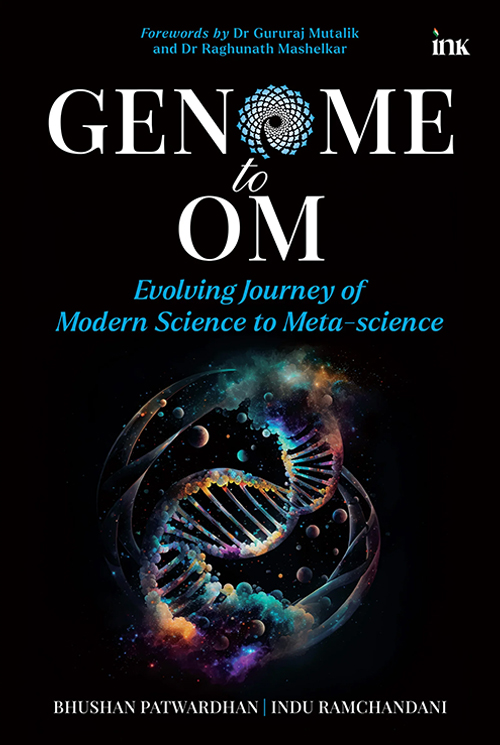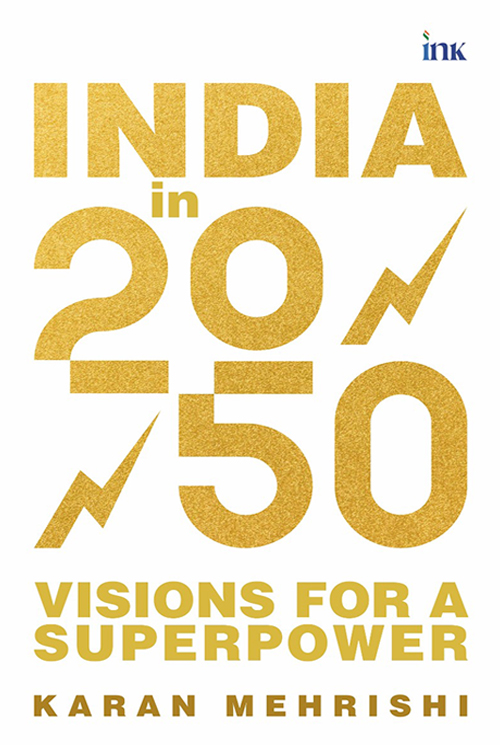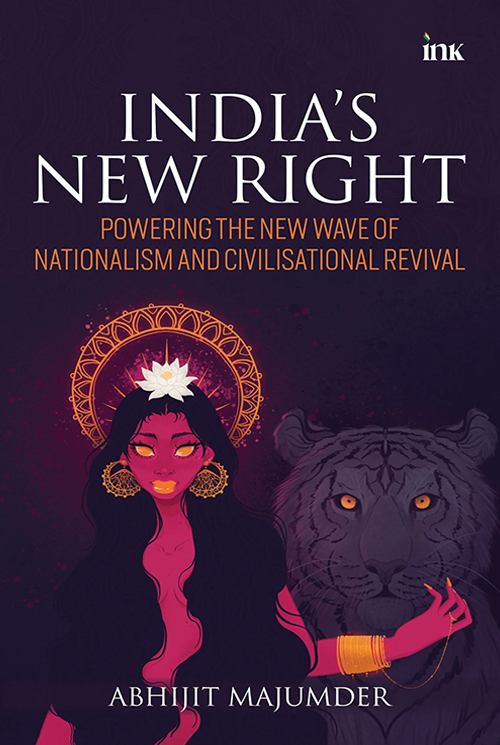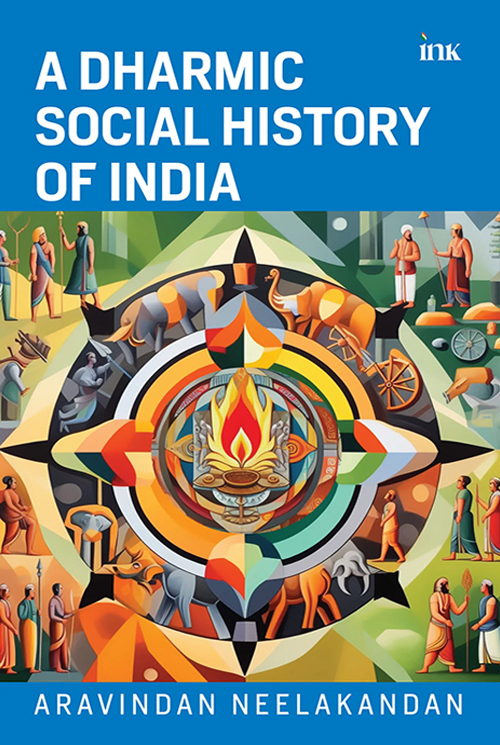हिन्दू राष्ट्र: हिन्दुओं की रामकहानी
जो यह दावा करते हैं कि हम एक अधिनायकवादी हिंदू राष्ट्र में रह रहे हैं उनसे यह पूछा जाना चाहिए कि यह किस प्रकार का हिंदू राष्ट्र है जहां एक अरब शक्तिशाली हिंदू यहाँ की संसद, अदालतों, शिक्षा व्यवस्था और हमारे संविधान द्वारा न सिर्फ दोयम दर्जे के नागरिक करार दिए गए हैं बल्कि उससे भी नीचे धकेल दिए गए? यह कैसा हिंदू राष्ट्र है जिसमें दुर्गा पूजा और गरबा के आयोजनों पर बेरोकटोक पत्थरबाजी की जाती है और प्रधानमंत्री की कुर्सी पर बैठा एक शख्स कहता है कि इस देश के संसाधनों पर पहला हक अल्पसंख्यकों का है? यह कैसा हिंदू राष्ट्र है जहाँ हिंदुओं को अपनी ही धरती पर शरणार्थियों की तरह रहना पड़ता है और जहाँ कोई 40 हजार रोहिंग्या मुसलमानों को तो बसा सकता है लेकिन इसी देश के धरतीपुत्र 7 लाख कश्मीरी पंडितों को नहीं और जहाँ अदालतों का कहना हैं कि हिंदुओं की हत्या, बलात्कार और जातीय संहार करने वालों पर मुकदमा चलाने के लिए अब बहुत देर हो चुकी है? यह किस तरह का हिंदू राष्ट्र है जहाँ हिंदुओं के मंदिर सरकारों के कब्जे में हैं और अपने त्यौहार मनाने के लिए हिंदुओं को वक्फ बोर्ड के सामने जमीन के लिए हाथ फैलाने पड़ते हैं? यह किस तरह का हिंदू राष्ट्र है जहाँ शिक्षा का अधिकार अधिनियम में केवल हिंदुओं के स्कूलों के साथ भेदभाव किया जाता है और उन्हें ताला लगाने को मजबूर कर दिया जाता है? यह किस तरह का हिंदू राष्ट्र है जहां औरंगज़ेब और टीपू जैसे बर्बर शासकों को लेकर सरकारी खर्चे पर प्रकाशन किए जाते हैं, सड़कों के नाम रखे जाते हैं और त्योहारों का आयोजन होता है? यह किस तरह का हिंदू राष्ट्र है जहाँ एक ऐसा कानून बिल्कुल बन ही जाने ही वाला था जिसमें केवल हिंदुओं को, जबकि वे अल्पसंख्यक थे, सांप्रदायिक दंगों के लिए दोषी ठहराया जाता जैसा कि कश्मीर में देखा गया? यह किस तरह का हिंदू राष्ट्र है जहाँ सबरीमाला प्रकरण में अदालतों के फैसले और विधायी कानून केवल हिंदुओं के धर्माचारों में सुधार के लिए किए जाएँ लेकिन दूसरे धर्म को छुआ तक न जाए और अगर ऐसा कोई करे भी, तो वहाँ शाहबानो के मामले की तरह फैसले को पलट दिया जाए? यह किस तरह का हिंदू राष्ट्र है जहाँ हिंदू पूजा स्थल अधिनियम आज भी हिंदुओं को उनके प्रति हुए ऐतिहासिक अन्यायों को दुरुस्त करने के उनके विधिसम्मत अधिकार पर रोक लगता है जबकि वक्फ एक्ट मुसलमानों को एक 1500 वर्ष पुराने हिंदू मंदिर को इस्लामी संपदा घोषित करने की अनियंत्रित शक्ति दे देता है, गो कि इस्लाम अपने आप में महज 1300 वर्ष पुराना है? अगर एक हिंदू राष्ट्र में हिंदू को इस तरह नवाजा जा रहा हो तो इससे अच्छा है कि वह एक मुस्लिम राष्ट्र में रहे क्योंकि वहाँ कम से कम बराबरी का ढोंग तो नहीं होगा, एक काफिर को वही मिलेगा जो उसे मिलना चाहिए। अपनी इस कड़वे बयान में आनंद रंगनाथन आजादी के बाद से हिंदुओं के साथ धोखेबाज़ी करने वाली ग्लानि भरी झूठी कहानी और आत्मदोषानुभूति पर एक निर्णायक प्रहार करते हुए उसे चकनाचूर कर देते हैं। यहाँ कोई स्वांग या राजनीतिक शुचिता नहीं है, अगर है तो केवल राज्य प्रायोजित नस्ल भेद की वह ठोस सच्चाई जिसके साथ हिंदू जी रहे हैं।




